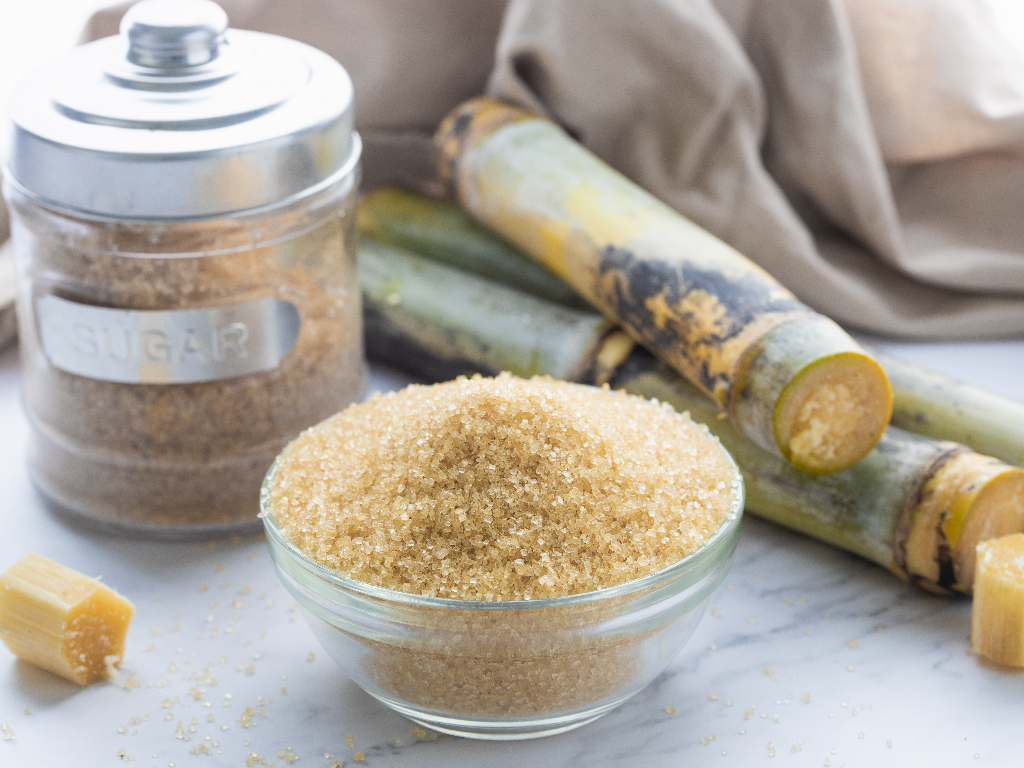As of last week, sugar prices across major Eastern African cities remained stable, with notable exceptions in Kampala and Djibouti. In Kampala, the ex-factory price of brown sugar dropped by USD 42 per ton, reaching a record low of USD 647 per ton—the lowest in the region. Similarly, sugar prices across the East African Community (EAC), including Kenya, Rwanda, and Tanzania, remained low due to increased production and surplus stock from last year’s imports.
Kenya continues to face unfavorable import parity margins, with Nairobi and Mombasa reporting negative margins of USD -23 and USD -116, respectively. Mogadishu, however, had favorable import parity for low-quality white (LQW) sugar from Brazil, and Southern Africa saw promising import margins due to a production deficit, leading to favorable conditions for importers. Meanwhile, Kenya's high landing costs continue to hinder favorable import conditions.
In regional news, Kenya’s Kisumu County has been hit by a series of suspicious fires that have destroyed over 1,035 acres of sugarcane fields, affecting both independent farmers and Kibos Sugar Limited. Authorities suspect sabotage, potentially due to competition within the industry. The fires have resulted in significant losses, with the burnt sugarcane deemed unusable.
In Uganda, farmers in the Mukono Sugarcane Out Growers Cooperative Society are turning to sugarcane juice production as an alternative to relying on millers, who are offering low prices. The farmers aim to add value to their crops amid declining sugar and sugarcane prices, exacerbated by Kenya’s ban on Ugandan sugar exports. Currently, a 50-kilogram bag of brown sugar retails at UGX 132,000 (USD 35.53), down significantly from previous months, and sugarcane prices have fallen drastically as well. In response, farmers are exploring other uses for sugarcane, including paper and charcoal production.
Port activities during the week included shipments of refined sugar to Dar es Salaam and Bossaso, as well as 27,000 MT of VHP sugar from Brazil en route to Mogadishu.
Kenya's sugar prices remained stable, supported by ample stock and a steady shilling. However, Uganda is struggling with surplus and declining prices due to Kenyan import restrictions. Overall, the EAC region has seen a relatively calm trend in sugar prices, while Southern Africa is experiencing rising prices due to reduced local sugar output from drought conditions.
Credit: Victor Agut of AFA - Sugar Directorate

